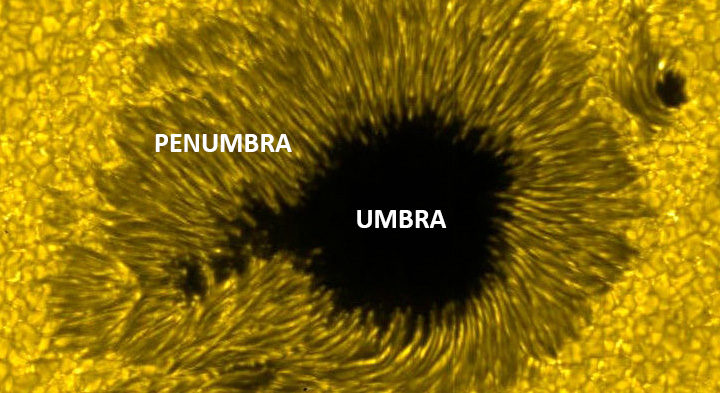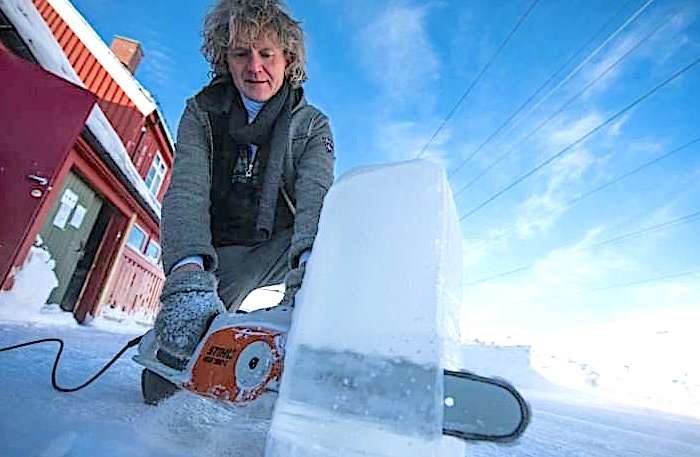
The > 3,000 Kreutz sungrazers are unique in ways that were not known until 2014, when the Rosetta mission approached and orbited 'comet' 67P C-G. Although this body emitted a few streaks of gas, it was never visible from Earth, except by powerful telescopes and thousands more are circulating unobserved. The belief that it was just water ice, because of its low density 0.5 g/cm3, the popular image of 'comets', was disproven when Rosetta's 200 lb. lander Philae, equipped with spikes that were supposed to penetrate the ice and become locked on the surface, failed to penetrate and Philae bounced off the surface. This is the same tough stuff that comprises all asteroids. Rosetta images of 67P belie its low reflected radiance, only 4% of the incident light. The brightness of the Kreutz tails as they approach the Sun are used to estimate their mass, assuming they are pure water ice, and when they become invisible the 'comet' is imagined to have been consumed before impact. But they all have the same composition as 67P, which is obviously much tougher than water ice. That assumption leads to estimates of their diameters of several meters. However, 67P, was measured to be about 4 km in diameter. Images acquired by Rosetta show only a few thin streams of vapor - nothing like what would produce a large tail.
Another pertinent factor about the 3,000+ Kreutz sungrazers is that not a single one survived their close encounters with the Sun. This is well illustrated by a NASA video constructed using data from several Sun staring satellites. Despite this, astronomers claim that these 'comets' are not the cause of sunspots, because of their estimated size. Attempts to explain their origin as the result of the break-up of large comets thousands of years ago are futile, since all the fragments would be placed in different orbits. The 3,000 Kreutz sungrazers in exactly the same orbit dismisses this argument.













Comment: